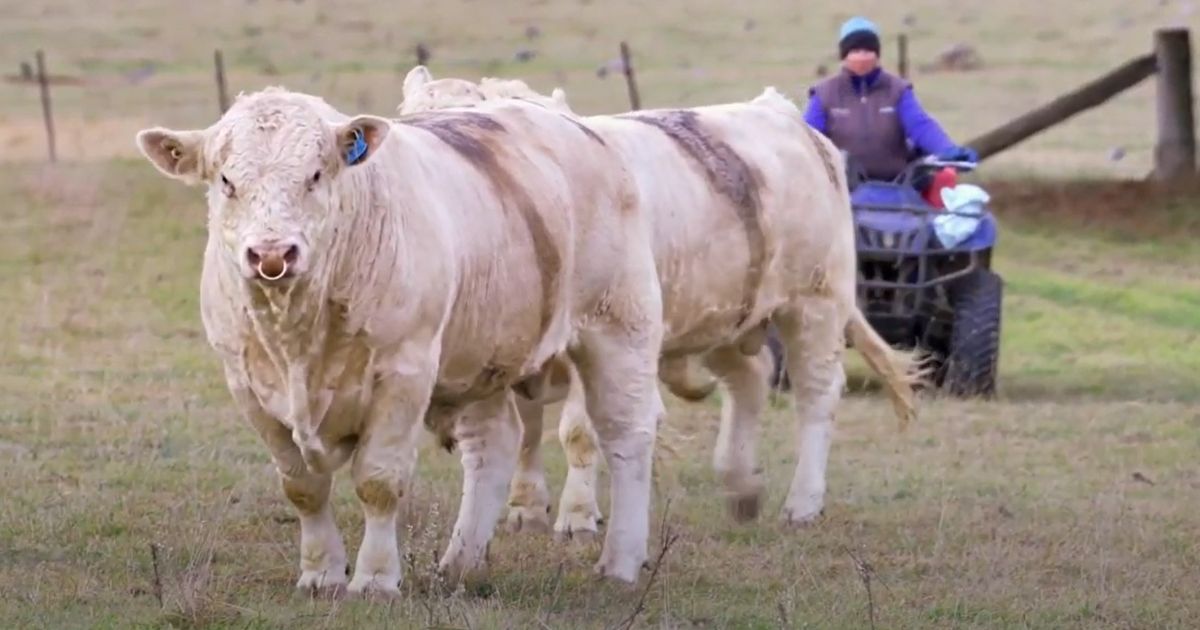Bovine Vibriosis
Vibriosis is one of the most significant, infectious venereal diseases of cattle in NSW and is a major cause of herd infertility and reproductive losses in breeding cattle.
What is bovine vibriosis campylobacteriosis?
Vibriosis (or BVC) is a sexually transmitted disease caused by infection with Campylobacter fetus subsp. Venerealis. This bacteria can causes significant reproductive loss, particularly in the first year of infection. It is most often introduced by an infected bull, and in a clean herd it spreads rapidly, as the cows and heifers have no immunity.
What are the signs of Bovine vibriosis?
Identifying vibriosis can be difficult because of the absence of clinical signs. The disease often remains unrecognised in herds, causing continuing production losses.
Typical signs are early embryonic loss leading to low calving rates. Depending on the breeding program, some cows clear the infection and get in calf again later than expected, leading to prolonged calving periods and subsequent management difficulties. Additionally, there can sometimes be mid to late-term abortions.
How to prevent Vibriosis in cattle?
The disease can be confirmed by measuring antibodies in the vaginal mucus of infected cows and heifers.
Vibriosis is best controlled by vaccination, which should be given 4 weeks before joining.
Whilst bulls do not suffer any clinical signs due to infection, annual vaccination can stop them from being carriers and spreading the bacteria at joining. Cows and heifers can also be vaccinated if needed - this is particularly important if using a bull with an unknown disease status, though it is best to have a complete history and up to date vaccination of all bulls to have the best chance of managing disease risk on your property. When purchasing bulls, make sure they have had two doses of vaccine prior to their first joining, and annual boosters are required pre-joining.
Other common cattle reproductive diseases – and prevention
Along with campylobacter vibriosis, leptospirosis (“lepto”) and bovine pestivirus are common causes of reproductive losses in cattle herds. Vaccines are available to protect cattle herds against both lepto and pestivirus. Make sure to follow the manufacturer’s directions for dosage prior to joining, as if given incorrectly their effectiveness will be reduced.
Leptospirosis is simple to prevent – it is a component of 7-in-1 vaccine. Five of these organisms are clostridial species, the extra two making up the “7” are the two main species of Leptospira that cause disease. These are typically found in the environment and can be spread by other mammals such as rodents and pigs.
Pestivirus can be difficult to manage, as it can cause significant reproductive issues. Pestivirus is spread by persistently infected (“PI”) animals – these animals are infected prior to birth in mid-gestation, and their immune system thinks the virus is normal. They are therefore infected for life and shed the virus in high amounts.
- Up to 90% of herds in Australia have evidence of past exposure, so knowing whether your herd is immune is important.
- The easiest way to ensure cows and heifers are immune is by vaccinating (using Pestigard®) prior to joining.
It is important to note that most cases of reproductive disease present similarly, and at the end of the day, if you’re seeing a change in pregnancy or abortion rates and are concerned, contact your district vet for advice.
Adapted from content by district veterinarian, Dione Howard.
